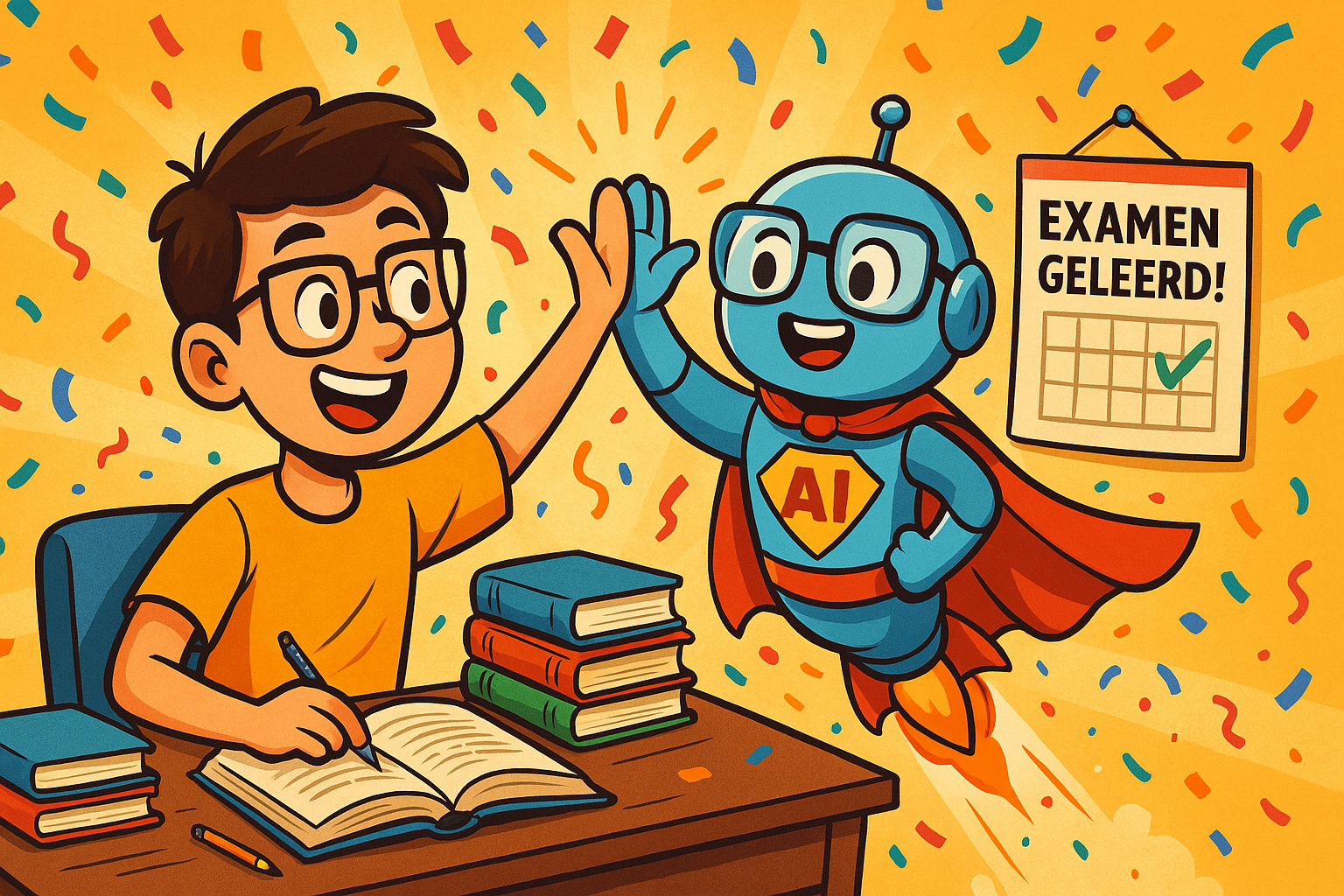Tekst bij de Opgave
by Kenneth Chang
1
Back in 2015, students in Maggie Samudio's second-grade class at
Cumberland Elementary School in West Lafayette, Indiana, were
contemplating an offbeat science question: If a firefly went to space,
would it still be able to light up as it floated in zero gravity?
2 Ms. Samudio said she would ask a friend of hers, Steven Collicott, an
aerospace professor at nearby Purdue University, for the answer. "Не
teaches a class on zero gravity, and he would be the perfect person to
answer the question." Ms. Samudio sent an email. A day later,
Dr. Collicott replied, and Ms. Samudio was surprised by his answer:
"Instead of guessing, why not 18"
3 Blue Origin, a rocket company, was planning to offer the ability for schools
to fly small experiments on its New Shepard suborbital spacecraft for as
little as \$8,000. Dr. Collicott, who had sent several fluid flow experiments
on New Shepard launches, pointed Ms. Samudio and her second-graders
to Blue Origin. "For half the cost of high school football uniforms we were
able to do a space experiment," Dr. Collicott said. "So really any school
district now that affords football, and there are many of those, can afford
spaceflight."
4 Cumberland Elementary has not been the only school to see the value of
paying for an experiment aboard the New Shepard rocket. A Montessori
middle school in Colorado sent up a sensor package designed and
programmed by the students. An Alabama high school launched an
experiment to test temperature fluctuations in microgravity. And this past
December, an elementary school in Ohio sent up baby jellyfish.
5 Following Dr. Collicott's suggestion, Ms. Samudio's children at
Cumberland got to work, collaborating with Purdue students in
Dr. Collicott's classes. "For the next two years, I had future aeronautical
engineers in my second-grade classroom teaching mini-lessons on basic
principles of flight and propulsion as well as the basic principles of 'firefly'
chemistry," Ms. Samudio said.
6 On Dec. 12, 2017, the firefly experiment was on board New Shepard. It
did not contain any actual fireflies. "It appears when scared, fireflies don't
light up," Dr. Collicott said. "And we were concerned that the boost would
scare them. And then there's also the problem that I don't know how to
keep fireflies alive and keep them happy." Instead, the apparatus
replicated the chemistry of how fireflies generate light, with syringes
mixing the glow-creating substances together as the capsule reached the
top of the trajectory more than 60 miles above West Texas. A video
camera recorded what happened. Dr. Collicott attended the launch, and
two days later, was back in Ms. Samudio's classroom presenting the
results. The bugs can indeed glow in space.
7 "Several parents told me that the simple question of asking their child
what they had done in school that day exploded into amazing family
conversations, extra reading and research, and the contemplation of
future personal pursuits and goals," Ms. Samudio said.
nytimes.com, 2020

